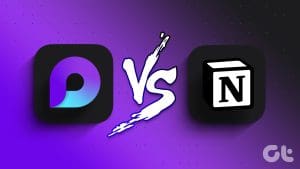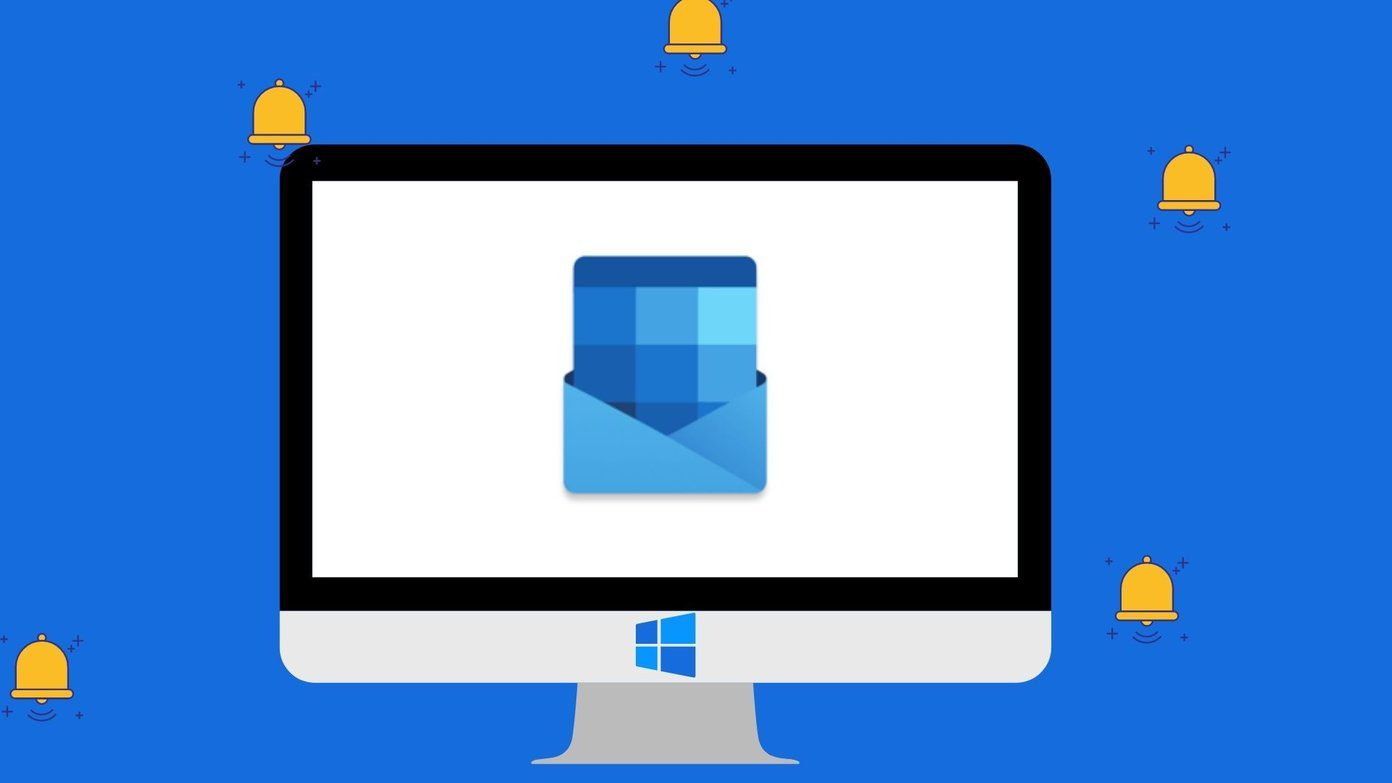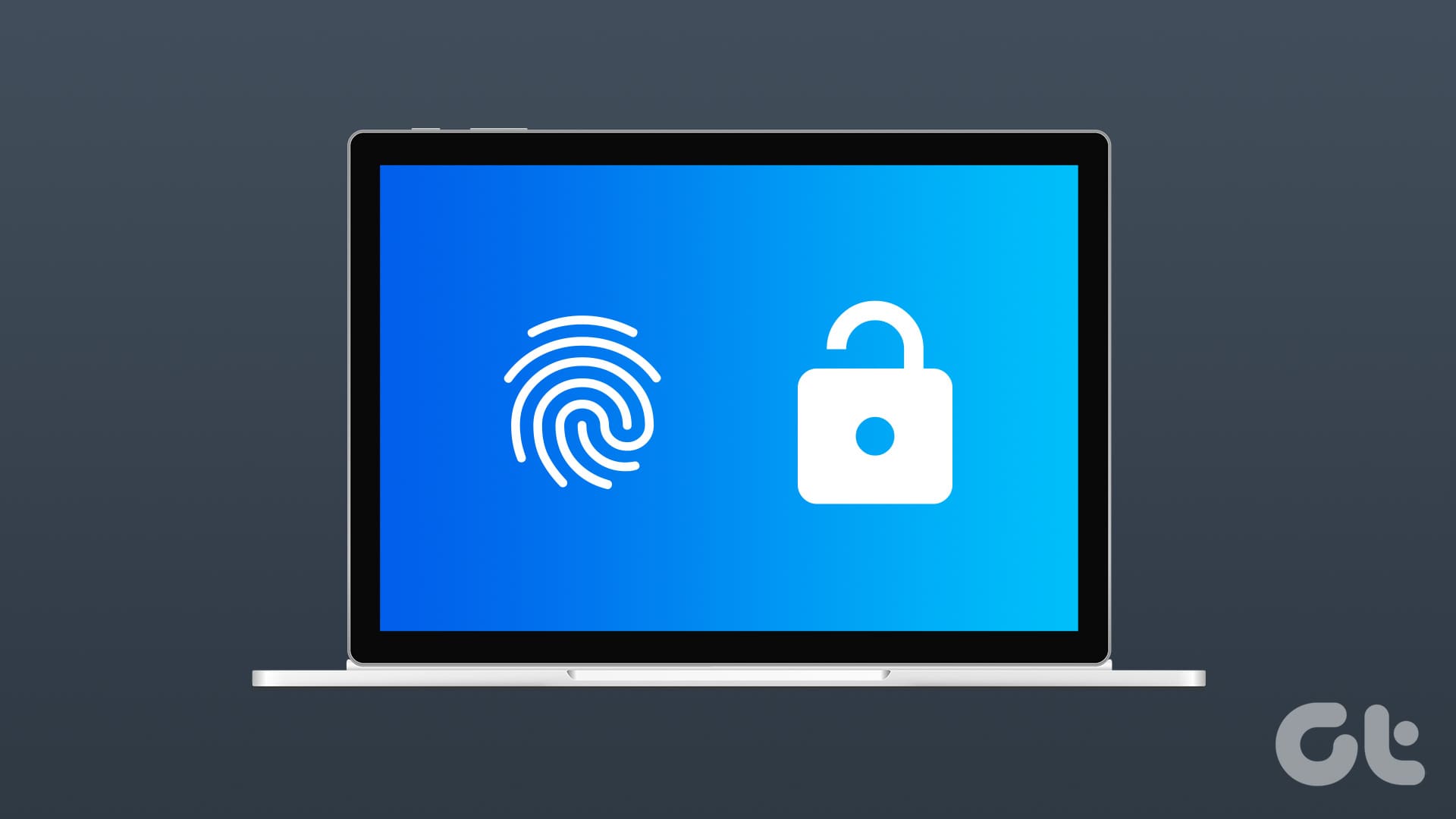Microsoft Loop is finally available in the public preview this month. Loop is Microsoft’s take on new-age collaboration and database solutions with a modern and intuitive drag-and-drop editor. Sounds mouthful? In a way, it competes with what Notion lets you do. Well, it’s a bit complex at the face value but can be helpful depending on your usage.

The Loop aims to make the collaboration more effective by synergising all the tasks, documents, and teams. The key part being that the Loop is a web-based application. Also, the Loop mobile app is available for Android while the Loop for iOS is still under beta testing stage. Here’s a compilation of tips to help you get started with Microsoft Loop.
What Is Microsoft Loop
Microsoft Loop brings your notes, tasks, projects, and documents together. You can create a workspace, add pages, and share them with team members for seamless collaboration. The best part being – you don’t need to switch between different apps to check tasks, content, and project updates.
If you have used software like Notion and Coda before, you will find it easy to use Microsoft Loop. However, if you’ve been a fan of Evernote, Trello, and Asana, getting used to Loop may take some time.
1. Create a Workspace and Manage Pages
Content organization is a bit different on Microsoft Loop as it tends to focus on co-creation and collaboration. First, you need to create a workspace and add pages to it. You can also add subpages to a main page for better management.
Step 1: Head to Microsoft Loop home and sign in with your Microsoft account details.
Step 2: Click ‘+’ icon at the top-right corner.
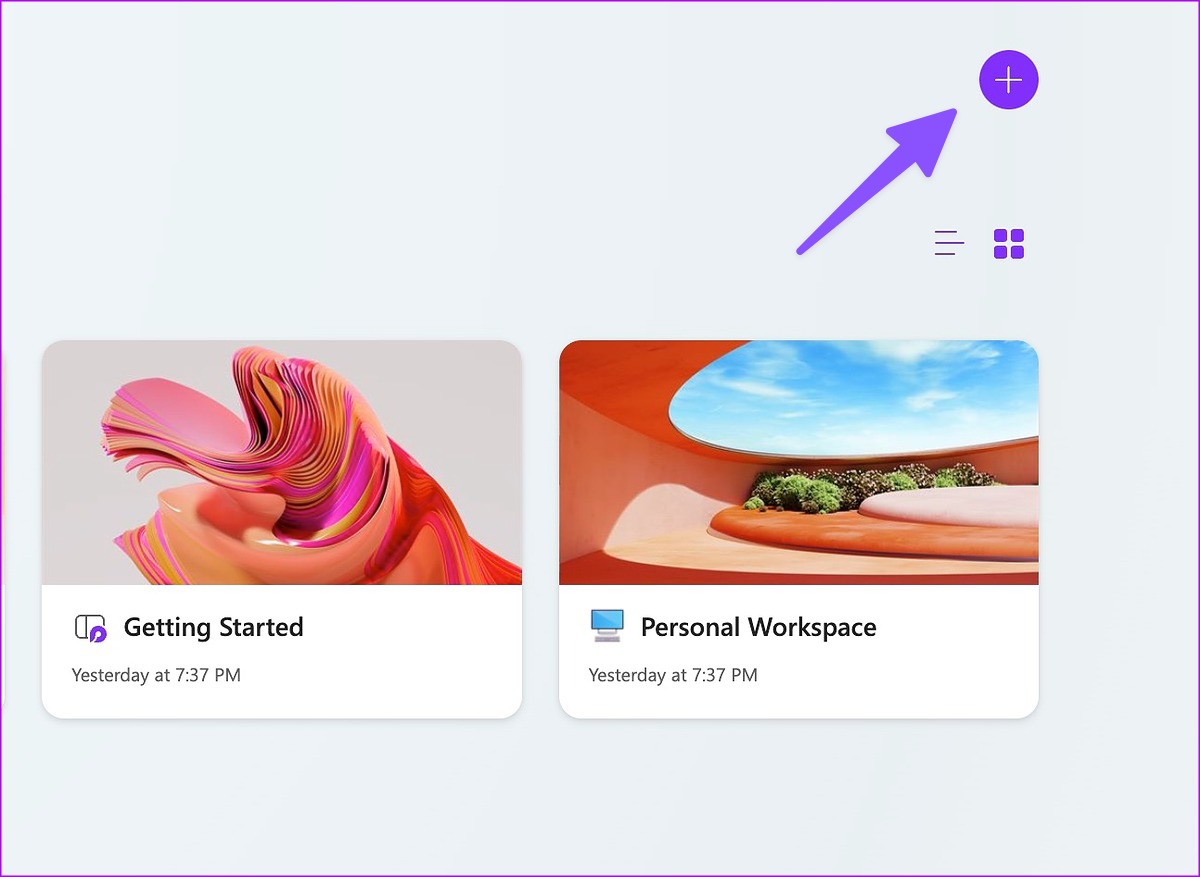
Step 3: You can add a cover, emoji, and title. Hit Create.
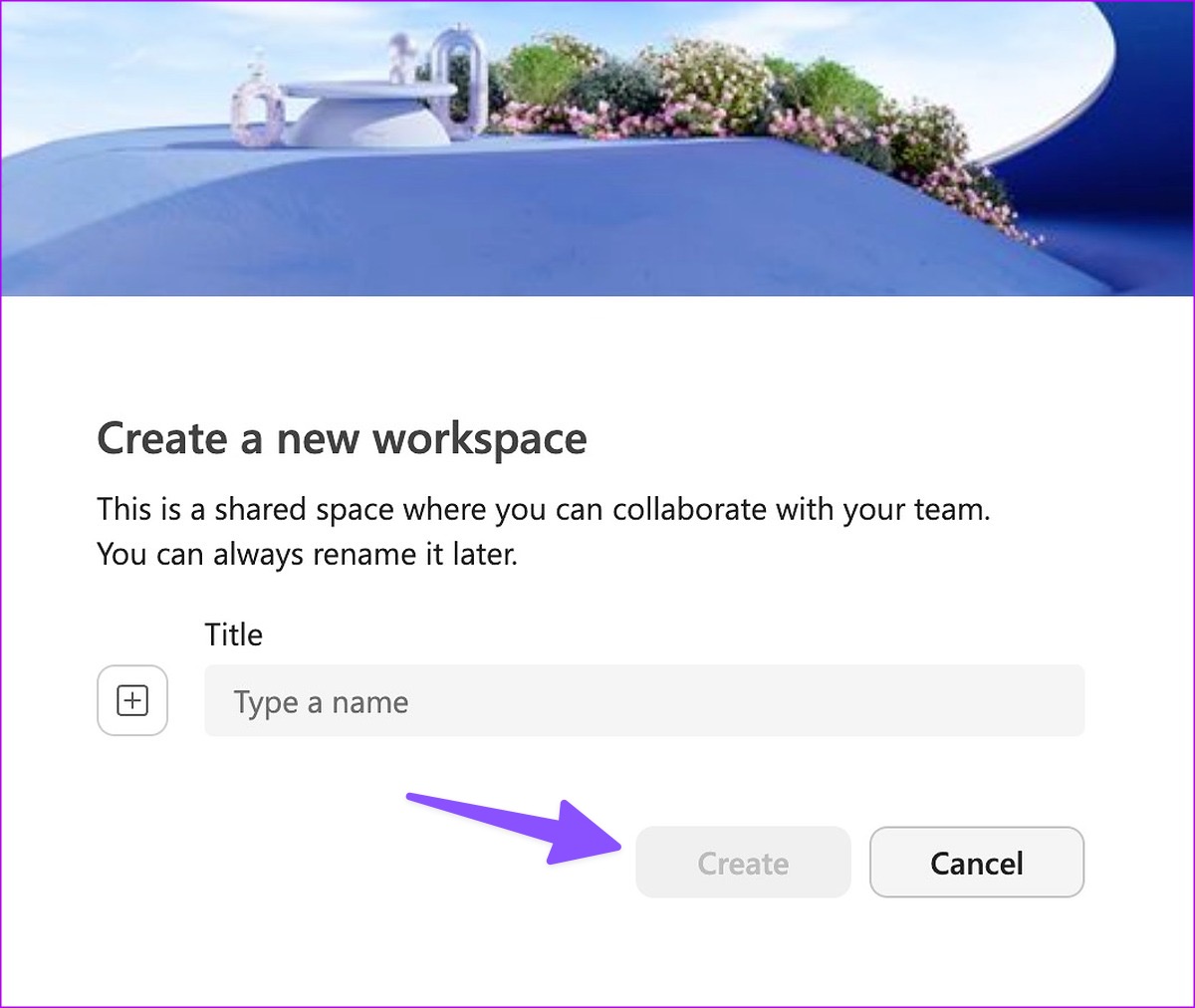
Step 4: Go to your workspace and select ‘+’ from the left sidebar to add a new page. You can add an icon and cover to each page for better differentiation.

Step 5: Right-click the three horizontal dots menu beside a page and select ‘New subpage’ to add subpages.

For example, if you create a company Roadmap for 2023, you can name the new page as ‘2023’ and add the months as subpages.
2. Explore Text Editing Options
Microsoft Loop doesn’t come with a standard toolbar like OneNote or Word. It’s hidden in the ‘/’ command. You can type ‘/’ and add headings, tables, checklists, bullet lists, number lists, and a divider.
If you want more options, select the text or paragraph and right-click on it. You can add bold, italic, underline effects and change the text and background color.

3. Check Microsoft Loop Templates
You don’t need to create a page from scratch in Microsoft Loop. You can explore some ready-to-use templates to get started quickly. Microsoft offers ten templates to choose from. You can even clear the template content and keep relevant information on the page, such as tables and headings. Compared to Notion templates, the current selection is quite slim in Microsoft Loop.

4. Note Down Ideas
Microsoft Loop comes with a dedicated Ideas section to jot down thoughts quickly. You can open the Ideas menu and add pages as well as subpages to it. Later, you can always move pages from Ideas to a workspace in Loop.

5. Use Dark Theme in Microsoft Loop
Blessed with a lot of Whitespace, it can be too much to handle if you plan to use Loop, especially at late hours. Luckily, Loop comes with a capability to enable the dark theme to reduce eye strain.
Step 1: Click the three horizontal dots menu at the top right corner and open Settings.

Step 2: Select a Dark theme.

6. Add Comments and Share Reactions
You can add comments and share reactions to any content on the page. That prevents creating a separate page or interlinking, while keeping all the reactions and relevant comments in one page.
Step 1: Select any content on a page and click on the small ‘chat bubbles’ comments icon.
Step 2: Select comment and type your response. You can add reaction on the page too.

Step 3: Further, you canour team member can expand the comment and add a reply to it to create a threaded conversation.
7. Create a Loop Component
Loop component is another handy add-on from Microsoft. You can create a Loop component and share the same content on other pages. When you make edits to such components, Loop makes changes to all the content. You can share the Loop components on Microsoft 365 apps too.
Step 1: Open a Loop page and hit Share in the top right corner. Click Loop Component. The app generates a link to share.

Step 2: Paste the link on Microsoft Teams or another Loop page.
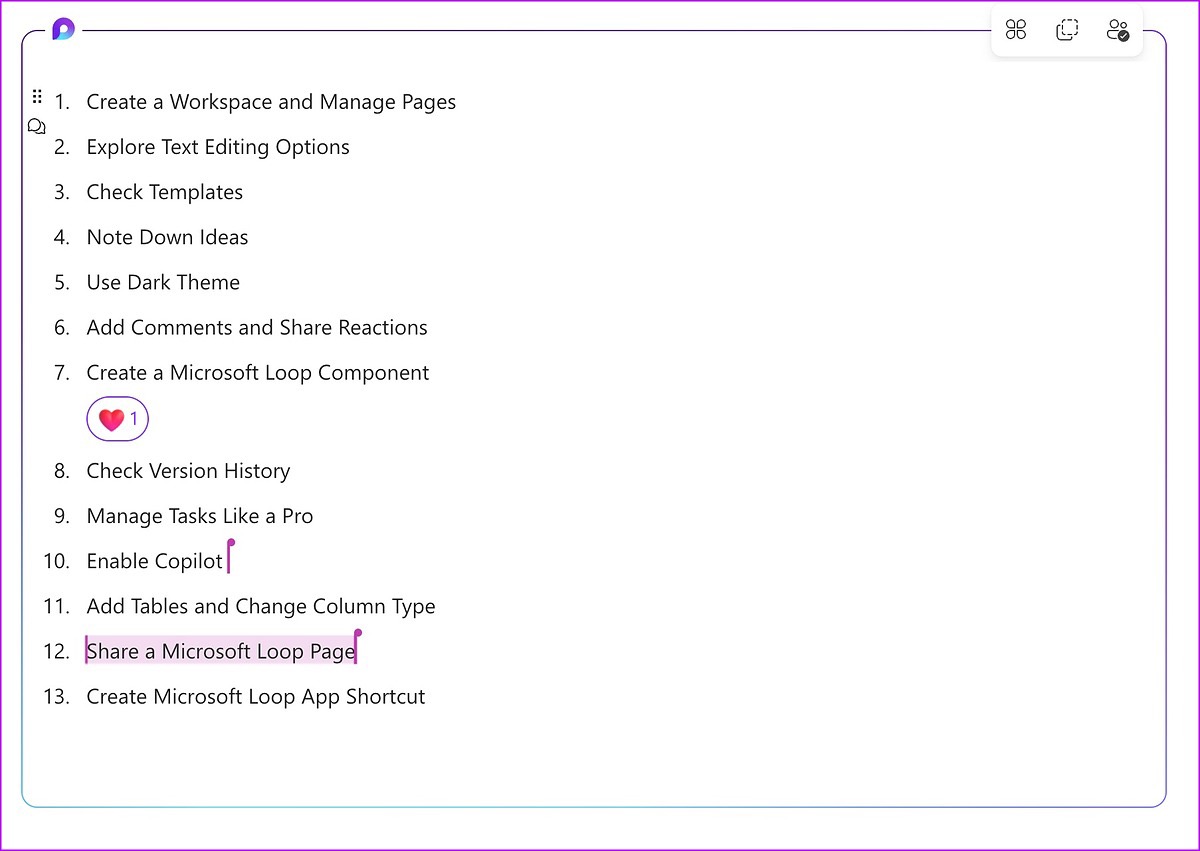
Step 3: If you want to share specific content, select and right-click on it.
Step 4: Select the ‘Create Loop component’ and copy the link.
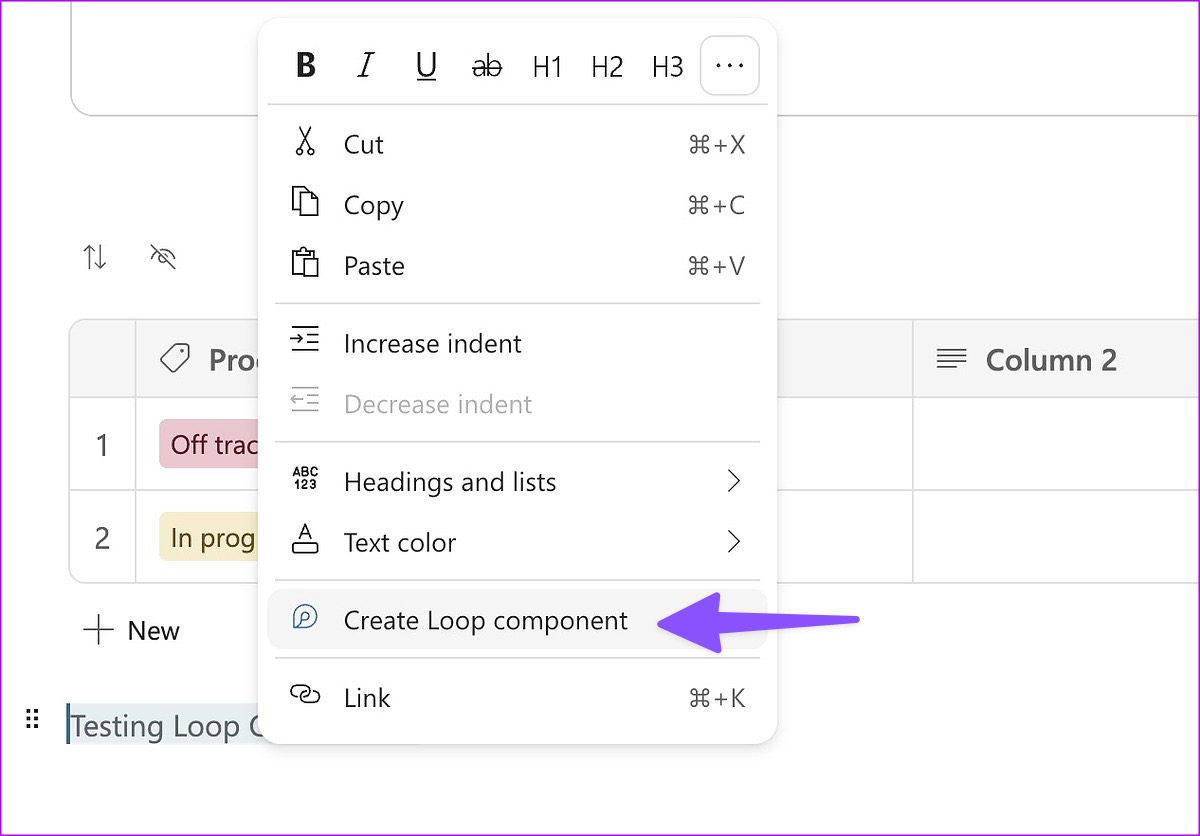
Microsoft plans to support Loop components on Teams, Word, OneNote, and other Microsoft 365 apps in the future.
8. Check Version History
You can always check the version history for a page and revert changes or restore an old page. You can click the three-dot menu at the top and select Version History.
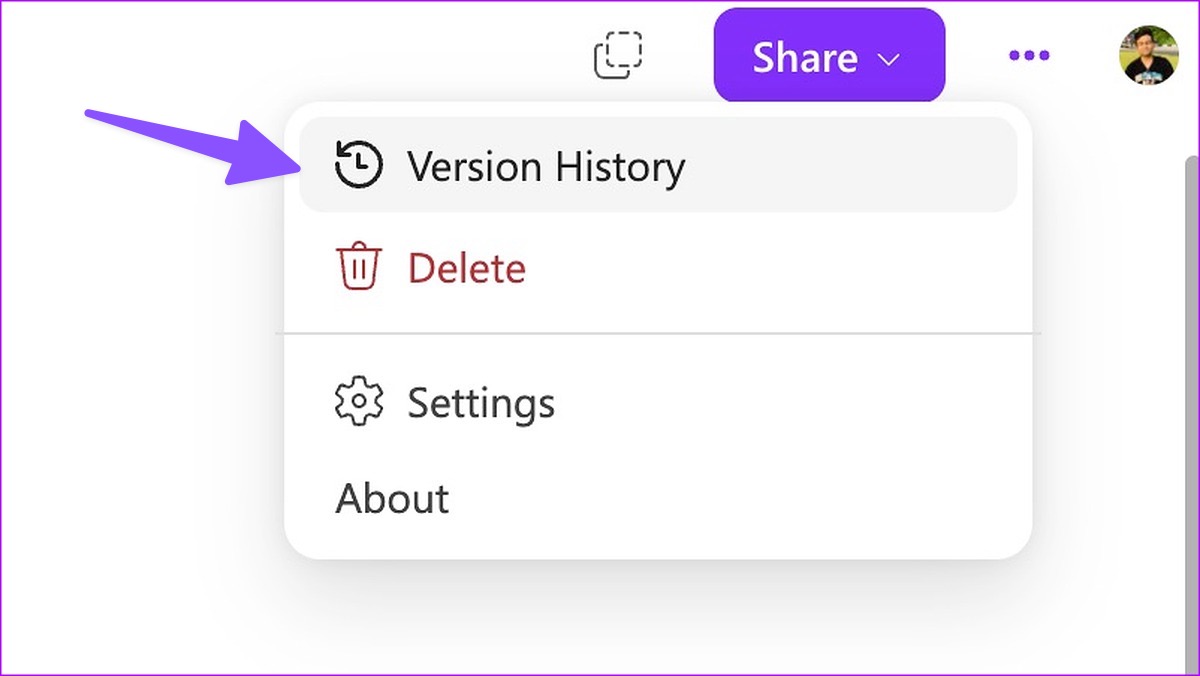
9. Add Tables and Change Column Type
Tables receive a massive overhaul in Loop. You can add a table using the ‘/’ command and change the column type to your preference. Simply expand the column menu and change the column type to text, number, date, person, voting, or label.

You can also add some ready-to-use databases, such as task lists, voting tables, or progress trackers.
10. Share a Microsoft Loop Workspace or Page
You can either share an entire Loop workspace or a specific page (and subpages).
Step 1: Open any page in Microsoft Loop and click Share.
Step 2: Click Workspace and invite up to 50 members.
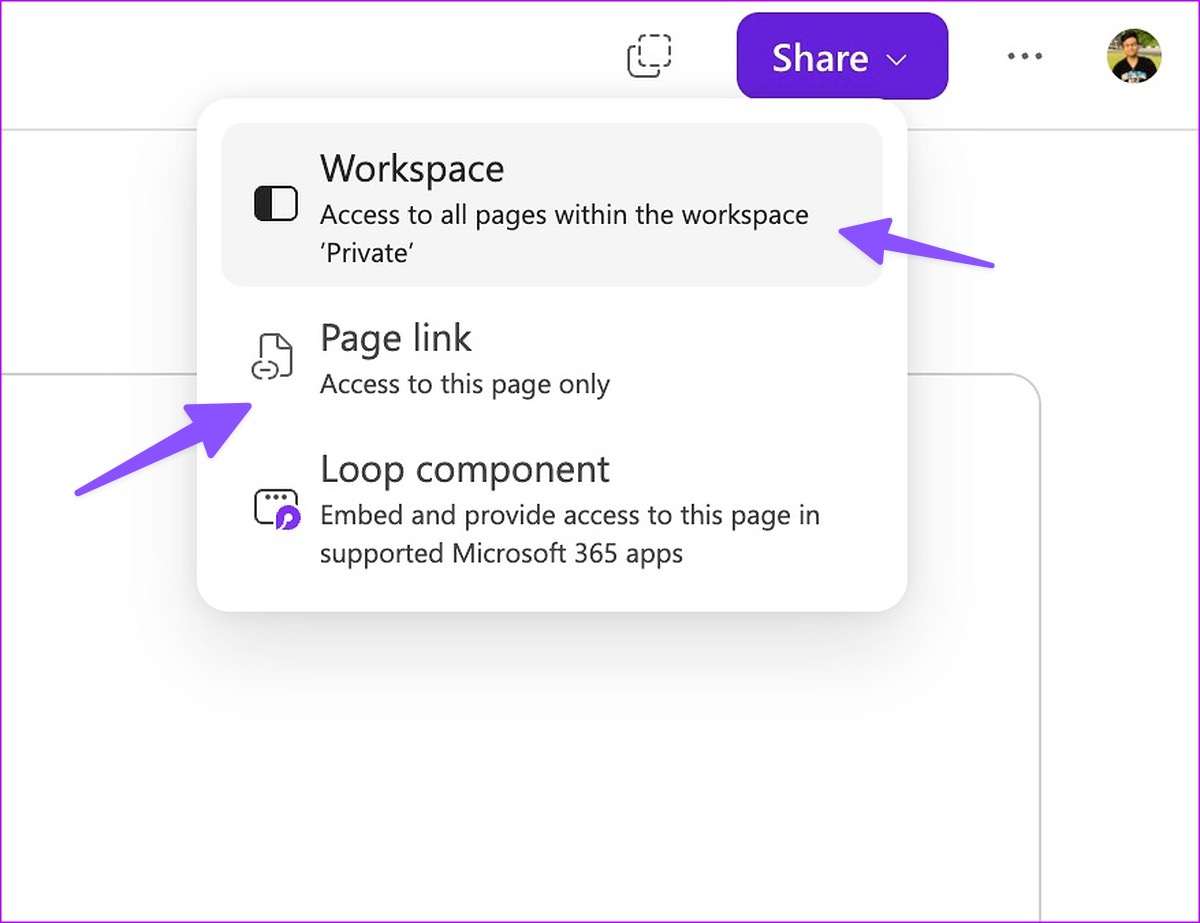
Step 3: You can also share a page link and set editing permission.

Loop lets you add a password and expiry date to prevent unauthorized access to a page.
11. Create Microsoft Loop App Shortcut
Although Microsoft Loop is available on the web only, you can install an app shortcut on your PC or Mac. You should look for an app shortcut icon in the address bar and click on it. Select Install and access Loop with a single click from the Taskbar or Mac Dock.

Microsoft Loop Has a Promising Start
Loop is a commendable attempt from Microsoft. However, Loop needs to catch up with the Kanban boards and file support. Looking at Microsoft’s history with Teams, we won’t be surprised to see brisk updates to Loop in the upcoming months. How do you plan to utilize Microsoft Loop? Share your preference in the comments below.
Was this helpful?
Last updated on 03 April, 2023
The article above may contain affiliate links which help support Guiding Tech. The content remains unbiased and authentic and will never affect our editorial integrity.

